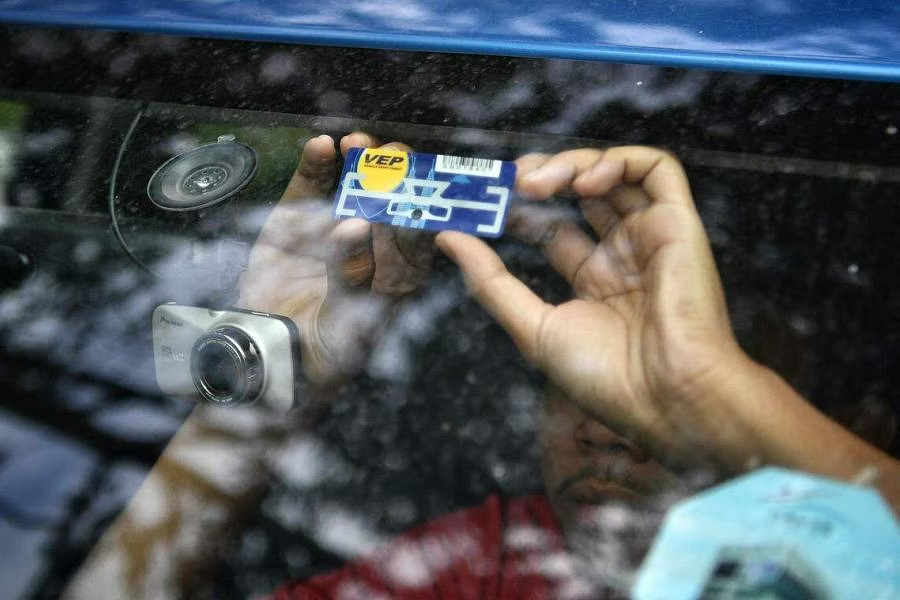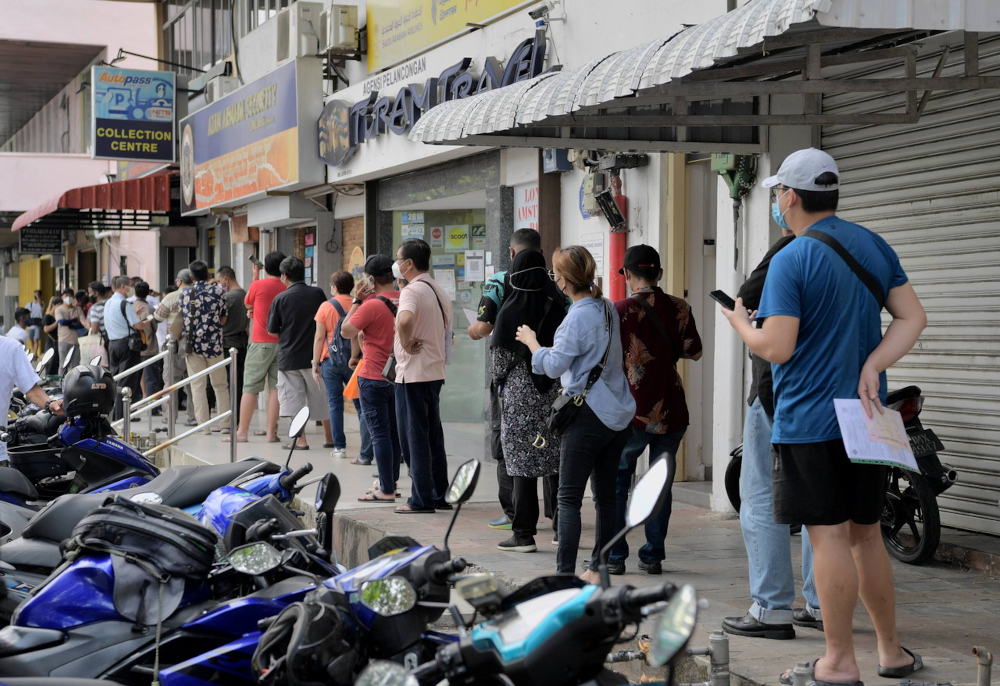This is a public service announcement for all our fellow Singaporeans who love to go to JB for good food (and cheap petrol)—which, let’s face it, are all Singaporeans.
From 1 October 2024, visitors might be told to turn back when they’re at the JB checkpoint unless they know about this.
So, what is VEP?
VEP for Entering Malaysia?
On 28 May 2024, Malaysia’s transport minister said that starting from 1 October 2024, all foreign-registered vehicles, including Singapore vehicles, would need a Vehicle Entry Permit (VEP) to enter Malaysia.


I know you’re as confused as everyone else because you’ve been reading so much about it in the last few years, but it never seems to happen.
It’s like hearing your friend say that she’ll quit whenever she gets scolded by the boss, but ten years later, she’s still around, and she’s now scolding the boss instead.
Singaporean VEP
To start with, don’t confuse this with the VEP in Singapore. For foreign-registered vehicles driving into Singapore, foreign cars must also be registered for a VEP. This article will refer to Singapore’s VEP as SVEP to avoid confusion.


You might remember how SVEP became a media sensation two years ago when the borders reopened after COVID-19, and Malaysian vehicle owners scrambled to register for SVEPs or reapply for SVEPs.
Quick Rundown of the Malaysian VEP
So, what the heck is the VEP?
Despite the similar names, Malaysia’s VEP is very different from SVEP. Announced back in 2017, Malaysia’s VEP will finally be enforced starting 1 October 2024. Here are the simplified details:
- Fee: RM25
- Appearance: A card-like sticker with an RFID-enabled sticker
- Duration: 5 years for one VEP
Back then, according to the then Malaysian Transport Minister, having VEP would help them “identify the number of foreign vehicles entering Malaysia and also to prevent vehicle theft and vehicle cloning syndicates.”
Though this sentiment might be unfamiliar to Singaporeans, this is actually a huge problem in Malaysia.
Timeline of VEP
You see, back in April 2019, Malaysia had said that starting in October 2019, they’ll begin enforcement for vehicles without VEP.
But then, Malaysia pushed the enforcement deadline as “there are some issues on the installation of the RFID at the vendor. The system could not cope with the number of vehicles supposed to install the RFID.”
Then, in January 2020, Malaysia said the VEP system was on hold as they were finding ways to make it easier to install for Singapore vehicles.
And after a year of being confused on whether we need a VEP, we all forgot about it because the borders closed a few months later, and the last thing we were worried about was VEP.
This is why, five years later, the VEP is back. From 1 October 2024, the law will be enforced against vehicles without VEP.
How to Install?
Now, to the actually important question: how to install and activate it?
The second part, activation, is very important because the current Transport Minister said that over 200,000 vehicles have registered for VEP, but only 70,000 RFIDs are activated.
It’s a common misconception that registering online means that it’s activated.
Unlike in the past, when you had to personally go to Malaysia to install and activate it, Malaysia has made it infinitely easier to install it, here is the process, simplified for you:
- Online Registration: You can register online, and the RFID tag will be mailed to you.
- Installation: Install the RFID tag on your vehicle’s headlamp once received.
- Verification/Activation: Upload a photo of the installed RFID tag for verification and activation.
For those unsure about the installation process, a helpful YouTube video will guide you through the steps.
As of right now, you’ve only got four more months to register, so visit the website here.
You can also watch this video for more information:
Over in TikTok, there’s a drama involving property agents that’s caused by us. Here’s what happened:

Read Also:
Advertisements

